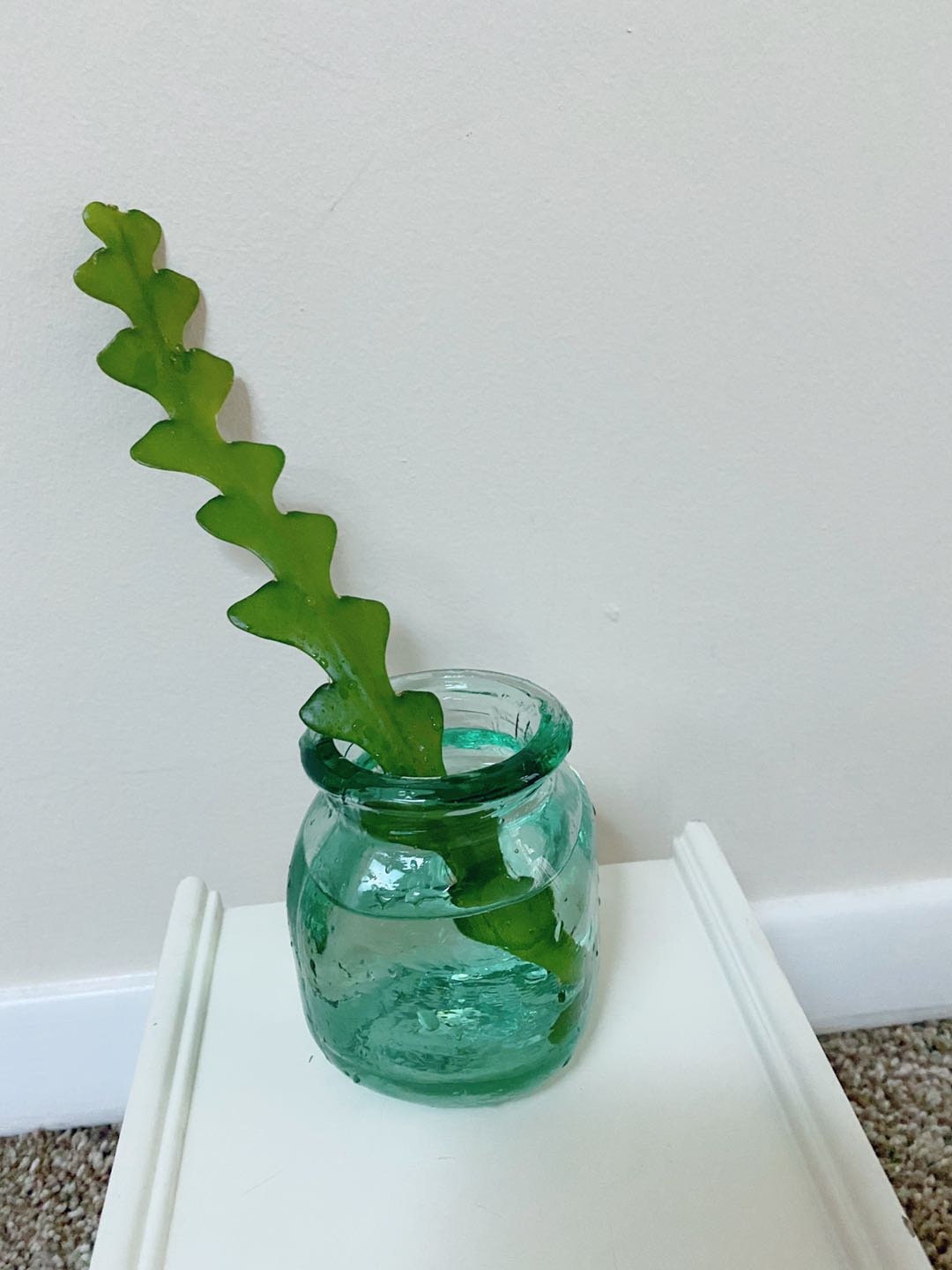

Most potting soils are made of similar proportions of just a few ingredients, but adjusting each ingredient’s amount can yield very different types of soil. Only a few species collect pollen from zigzag goldenrod, among them the specialist mining bees Andrena hirticincta, A. Mixing Your Own Soil Mix for Your ZZ Plant If you want to experiment further with creating the optimal soil medium for your ZZ Plant, consider mixing your own.

Most floral visitors, including sweat bees (Lasioglossum spp.), yellow-faced bees (Hylaeus spp.) and green sweat bees (Agapostemon spp), visit the flowers for nectar. Plant database entry for Zig-Zag Cactus (Selenicereus anthonyanus) with 31 images, 2 comments, and 19 data details. Zigzag goldenrod is a larval host plant for the bilobed dichomeris (Dichomeris bilobella), brown hooded owlet (Cucullia convexipennis), and twirler moth (Gnorimoschema gallaeasterella). Small mammals and white-tailed deer also eat the seed heads and foliage from time to time. Many songbirds consume small amounts of goldenrod seed, while grouse and other gamebirds eat the leaves. Water thoroughly immediately after planting. The Chippewa chewed zigzag goldenrod root for a sore throat, the Haudenosaunee took a compound decoction of the plant to treat billiousness, the Menominee made a snuff of the dried leaves for headaches, and the Potawatomi treated fevers with whole-plant infusion. Place the root ball in the ground at the same depth it was growing in its nursery container, then firmly backfill with soil around the root ball. The stem will then start to grow new roots and leaves, creating an entirely new plant. All you need to do is cut off one of the zigzag stems and place it in soil. Seed Treatment and Storage: store seed cool & dry cold/moist stratify 60-90 days OR sow at 70 deg. The zigzag plant is very easy to propagate, meaning that you can easily create new plants from existing ones. Moisture and Soil: dry to moist soil (likes rich woodlands) Propagation Try and avoid propagation during the winter time when plants typically aren’t doing much in the growing department. Easier and quicker ways to clone and propagate your zig zag fishbone cactus is to take leaf cuttings and root them in water or in soil.
.jpg)
Keep in mind that it is always better to propagate in Spring or Summer during the growing season. Native to the Finger Lakes Region CultivationĪ 1-4' tall goldenrod with clusters of yellow flower heads along a ""zig-zagging"" stem. Keep the soil barely moist to encourage rooting. Solidago flexicaulis Asteraceae Native distribution Euphorbia Tithymaloides Zigzag Plant Propagation & Care Guide - YouTube Zigzag plant, Euphorbia Tithymaloides is native to the tropical & subtropical Northern & Central Americas.


 0 kommentar(er)
0 kommentar(er)
